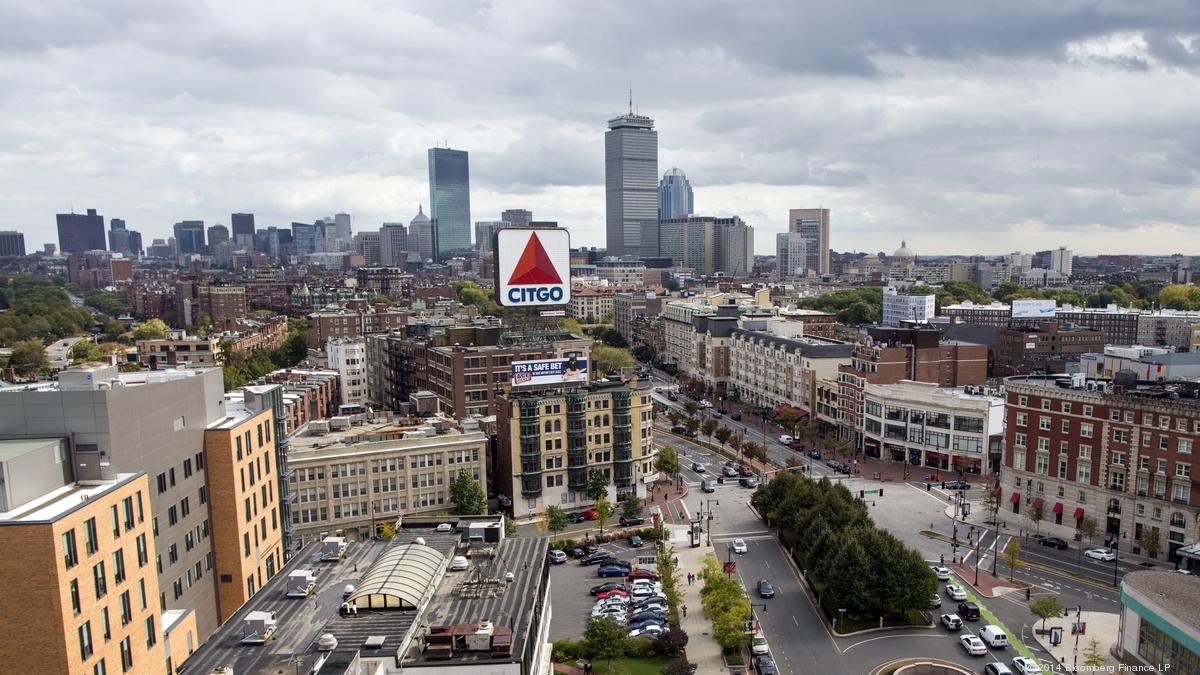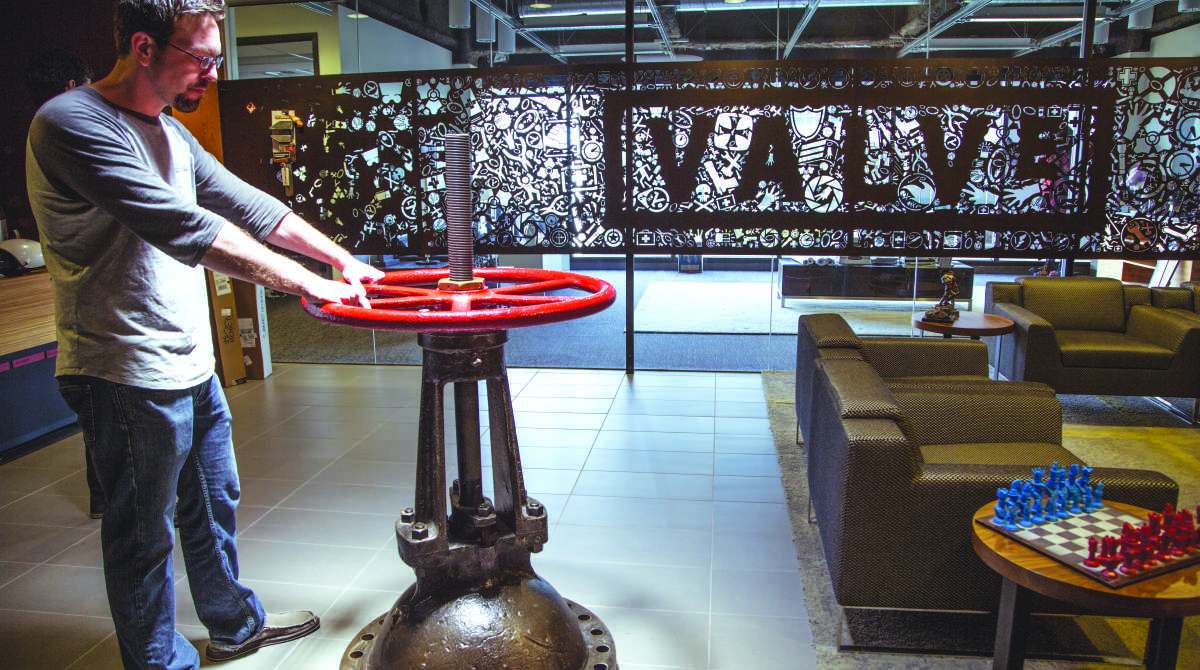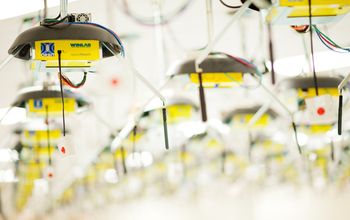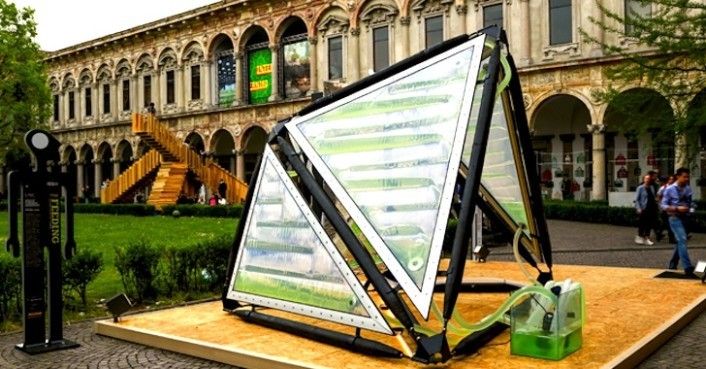As far as the whole mind-to-computer thing I totally agree.
The name of the game, for me at least, when it comes to this type of thing is continuity of consciousness. Without that you are nothing more than a copy of another person, not the person themselves. That said, if there were to be a very, very slow process where your natural neurons are replaced by artificial ones, with both types working together seamlessly, THEN I’d be first in line.
The future looks bright, except when it doesn’t. Here are 10 exceptionally regrettable developments we can expect in the coming decades.
Listed in no particular order.
1. Virtually anyone will be able to create their own pandemic
Earlier this year, Oxford’s Global Priorities Project compiled a list of catastrophes that could kill off 10 percent or more of the human population. High on the list was a deliberately engineered pandemic, and the authors warned that it could happen in as few as five years.
Read more








